One of the most difficult challenges a dog will encounter in the competition barn hunt ring is the presence of another dog’s saliva. It will likely not be particularly putrid bedding. It will likely not be because Sizzle the rat is just chilling in the back of the tube instead of doing a tap dance like Holly, who is perpetually active and often dislodges her tube and goes run a roll about the ring. It will likely not be where that dog peed…again. It will likely not be because the rats enjoyed chili for dinner. It will likely be because Spot indiscriminately made out with a PVC tube. Yuck.
Have you ever take a moment to lift a litter tube to your nose and deeply inhaled? If you haven’t, take a moment to do it right now. In fact, take a video, post it on Facebook, hashtag #rdslittertubechallenge. And when you open your olfactory senses to the litter tube, what do you smell? Come on. Don’t be shy. It’s not terribly different from wine tasting and I have it on very good authority that a large number of my audience actively enjoys wine before, during and/or after training. You will very likely be able to discern the type of bedding, urine and feces. Think deeper though. Can you smell the PVC? The paint? The glue? Can you determine what type of food debris is mixed with the bedding? Can you determine what type of cookie the last dog who touched the tube ate in the blind? You may not be able to, but your dog, whose nose is arguably 40 times more powerful than ours, can. That is what makes dogs so uniquely qualified for scent detection. Have you ever seen a bomb sniffing human? No? Me either.
Our focus as humans is on the live rate and as a result, we often overlook the fact that we are in fact reinforcing the sourcing of a specific collection of odors that includes a live rat, and more often than not, canine saliva as a result of a dog working the live tube. Consider the elements of a live tube: PVC, glue, paint, litter, food debris, urine, feces and of course the star of the show a live, breathing rat (or in the case of Alberta – a gerbil). But unless that live tube is sparkling clean, it also has straw, straw dust, human epithelial cells, canine epithelial cells and canine saliva. (Note: If your tube also has human epithelial cells it may because I dared them to lick it.)
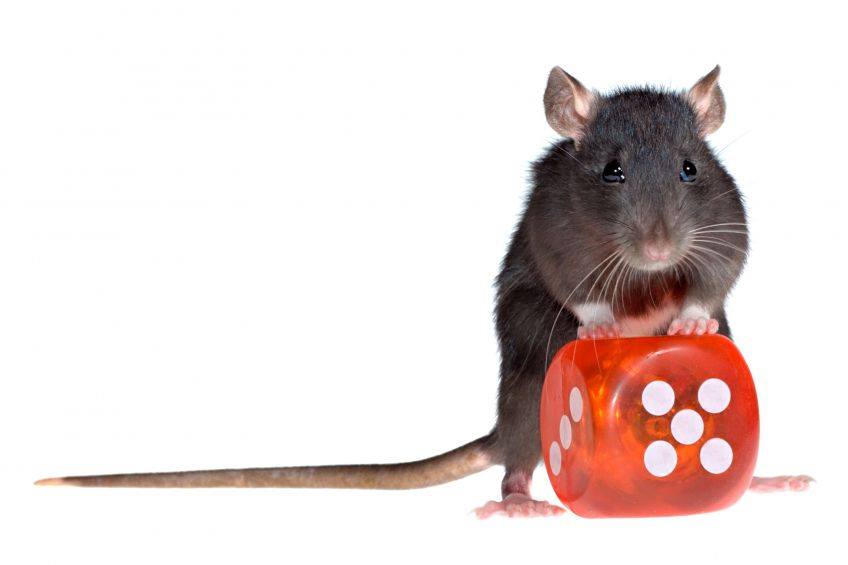
You’ve gotta ask yourself one question: “Do I feel lucky?” Well, do ya, punk?
The Saliva Study
Yes. I am a nerd. Yes, this actually happened. No, I was not committed for coming up with creative ways of creating a hot tube. I also spent 18 years analyzing patterns of behavior professionally. I am programmed for it and in late 2014 after noting a pattern of litter tube hits both in training and in the competition ring, I developed a theory:
Through a long reinforcement history in both training and competition, dogs are actively seeking a collection of odor, including a live animal, PVC, glue, paint, litter, urine, feces and canine saliva and epithelial cells.
This consistently resulted in a scenario where if one dog alerted on a litter tube in an active manner, such as digging or biting, other dogs were more likely to continue to alert on the “hot” litter tube, including dogs with no prior history of alerting on a litter tube.
I conducted a small study of 192 runs completed by 36 dogs in my training facility. The group of dogs was comprised of all skill levels, breeds and working styles. In each of the 196 runs, a litter tube identical to the rat tube except the live rat. Both the litter tube and the live tube had canine saliva from the same dog, in this case, a particularly over-zealous cattle dog with a criteria issue. This tube became the hot tube. The remaining litter tubes on the course had no canine saliva. Handlers were not aware of the hot tube as the start of a training session.
In more than 50% of the runs, dogs showed significant interest in the hot tube. Once a dog actively alerted on the tube by digging, chewing or licking, interest in the tube increased to around 75%. Dogs with an active final response (i.e. digging and chewing) had more difficulty than dogs with a passive final response such as sniffing. Dogs with no prior history of alerting on litter tubes alerted on the hot tube without any assistance on the part of the handler – meaning, the handler did not actively point out the tube or ask the dog the famous question of, “Is that it? Show me! Is that it?” Even if a dog did not alert on the hot tube, most of the dogs paused over the hot tube before moving on. Consider that for a moment –dogs with clear criteria, no prior history of interest in litter tubes and without handler intervention paused to consider or even alert on the saliva litter tube. I had very similar results when the hot tube was a sterilized empty tube with only canine saliva on it. This was a small study of a small cross section, but based on the results and the thousands of runs I both judge and study each year, it gave me pause and resulted in a change in my training.
What does this mean in the real world? It means two things:
- Train for it.
- Have a handling strategy.
Before we get to that, consider what events occur if a dog alerts on a litter tube. In training and competition, if a dog alerts on a litter tube my answer is the same: The game ends. No big deal.
Yes, that’s right. I said it. NO BIG DEAL.
Remember, dogs are creatures of habit and they are very quick to make associations we had absolutely no intention of having them make in training. If a dog alerts on any non-live tube (empty, litter, hot or otherwise), the game simply ends. There is no, “Bad dog, no no.” Dogs do not have the capacity for lying and they are most certainly not machines. Mistakes happen. End the game and learn from the experience. There is also no, “Hey, let’s go see what you were REALLY looking for.” If each time a dog alerts on a litter tube she is escorted to a live tube for a party, what is our criteria? Any tube will lead to a party. Dogs are very, very fast to pick up this pattern too. Amazing creatures are our dogs.
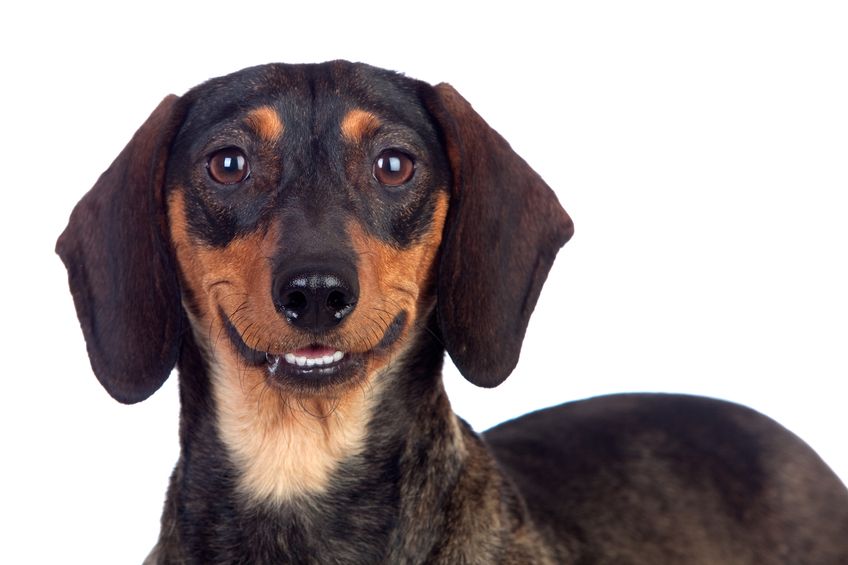
Dogs are smart and we sometimes don’t give them enough credit for their amazing ability to pick up on our behavior patterns. Amazing, aren’t they?
What exactly does this look like?
In practice: Collect your dog, thank the instructor, calmly exit the ring and let it go. Treat your next run as if the last run had never happened. Trust the dog and move on.
In a trial: Collect your dog, thank the judge, calmly exit the ring and let it go. Treat your next run as if the last run had never happened. Trust the dog and move on.
Let me say it again: Trust your dog and MOVE ON.
One run does not a pattern make. If a pattern is becoming apparent, simply stop. Do not make knee jerk reaction changes to your handling. Do not try to incorporate the 34 different things 32 different exhibitors, judges, spectators and/or random humans throw at you just as you came out of the ring. STOP. When you are ready, take time to carefully consider what the issue is, ask for help if you need it and develop a training progression that will address it systematically. You got this.
Train for It
The training process incorporating the hot tube is rather simple. Review your criteria. Great! Now, as part of regular training and proofing, add your own hot tube. As with introducing any new challenge, have a progressive training plan and set the dog up for success. Keep the run short, reinforce the desired behavior with enthusiasm and end the session while everyone is actively engaged in finding live tubes. As training progresses, increase the challenge. Be sure to have easier scenarios set up for the dog
For example, when we recently introduced the hot tube to a dog with a strong history of self-rewarding upon alerting on the hot tube, the tube was hidden in such a manner as to be entirely inaccessible. First, it was just outside the ring behind a bale, then later, hidden in the ring in the middle of a structure. Now the hot tube is just another litter tube on the course during training and competition. It does not yield rewards and has zero value.
Hot tubes are included in my introductory classes from the start of training and make regular appearances in my competition classes as well. The hot tube is a non-issue for the vast majority of these dogs because it has never paid out and therefore has zero value.
Most exhibitors complain when a hot litter tube makes its appearance on the barn hunt course, however, if criteria is well established then the tube is very likely not going to be an issue. If clear criteria is established, reinforced and maintained, a dog is not likely to alert on a litter tube – even a particularly delicious one. In the event that dog does alert on the dreaded hot litter tube, criteria is maintained by simply ending the game. No big deal.
Consider the hot tube just another training challenge to proof for. Contrary to popular belief, the hot tube is not the end of the world. I promise.
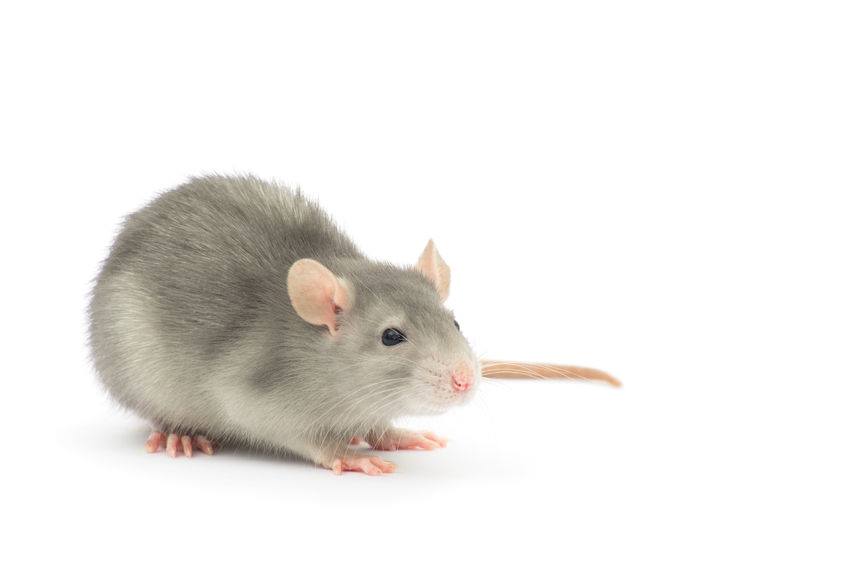
There are only two types of tubes on our course: rats and non-rats. My dog and I only care about the rat filled ones because rats are pretty awesome.
Have a Handling Strategy
We are humans and whether or not we want to admit it, there is a very high level of emotional investment training and competing with our beloved canine companions. We run for fun and competition. We know that we will not solve world hunger with a $0.25 piece of satin. We know we have the very best dog in the world. But we may forget that in the heat of the moment. Having a handling strategy before entering the competition ring can leads to good decision making, teamwork and long term success, even if this run is a non-qualifying one. I know it is hard, but do not bring the baggage of previous runs into the next one. Having a handling strategy in place for alerting on a litter tube will keep you focused and in the game, even in our darkest hour.
Here is my own strategy: If a dog alerts on a litter tube in competition, I calmly collect my dog, check the tube to confirm the miss call (judges are also human, by the way), thank the judge and leave the ring. I am usually smiling as we head back to the crating area. I will crate my dog and go for a short walk. I will consider at least three things I really liked about our run. Next, I will consider the litter tube and the events that led up to the miss call, make a note of it in case I see it again and then get back to having fun with my dog.
I know, I know. You were probably hoping for something far more glamorous or at the very least magical but the truth is, mistakes happen and I only get so much time with these amazing creatures. I am going to enjoy it, whether or not we come home with a ribbon. Have your handling strategy and stick to it. If you stick to it, it will become habit. That habit can override a lot of negative emotion in those moments where you are human. It can even help you move on. If you find yourself in a position where you cannot let it go, I strongly advocate taking a break and regrouping.
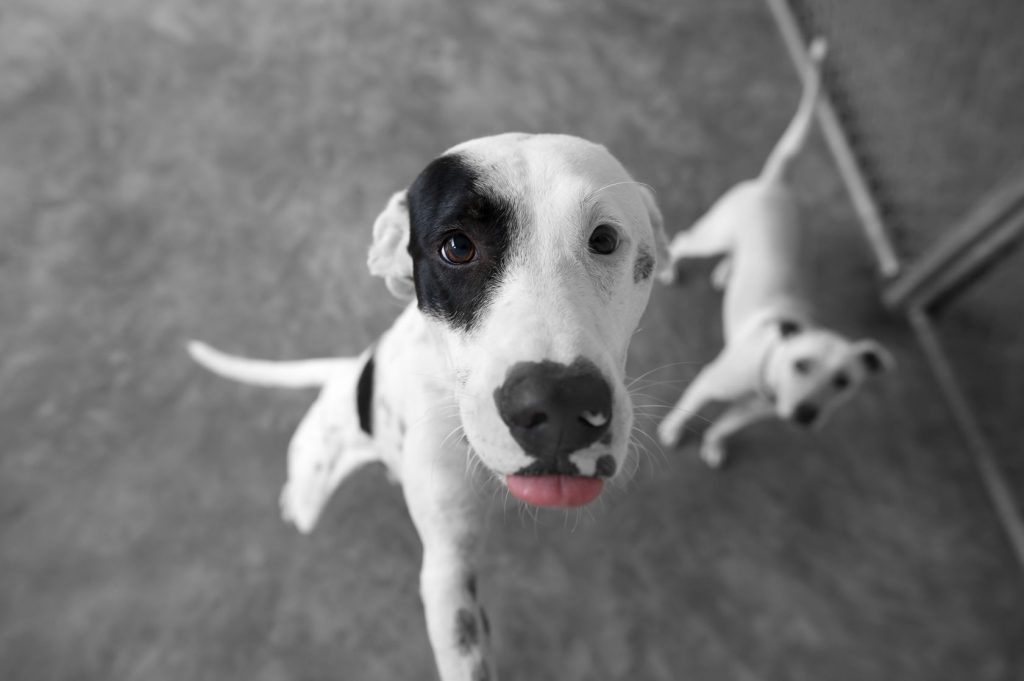
Just let me lick it for you, please!
Creating Your Own Hot Tube
How do you make one of these fabulous hot tubes for training? You can create one by using a designated licker, or in a pinch you may have success with a slimy tennis ball or freshly chewed on tug toy. I prefer a designated licker as this is most similar to what a dog will encounter during their search. Where does one get a designated licker, you ask? For obvious reasons, it is preferable to use a dog not training and/or competing in the sport of barn hunt. In my case, my licker is an old man cattle dog who doesn’t play the game and for fun will bite at anything I roll across the floor. Tada! Hot tube.
Canine saliva on tubes presents a challenge we can train for and work through. The saliva tube is not out there looking for your dog. It is not intentionally created. It is simply a part of the sport and it is delightfully a variable we can easily train through. And in the event it does rear its slimy head, let it go and move on. Run clean, have fun and may the rats be ever in your favor.
Written by Liz Carter
Copyright 2016. All Rights Reserved. This article may be shared in its entirety with credit given to the author and Revolution Dog Sports
About the author
One comment
Comments are closed.
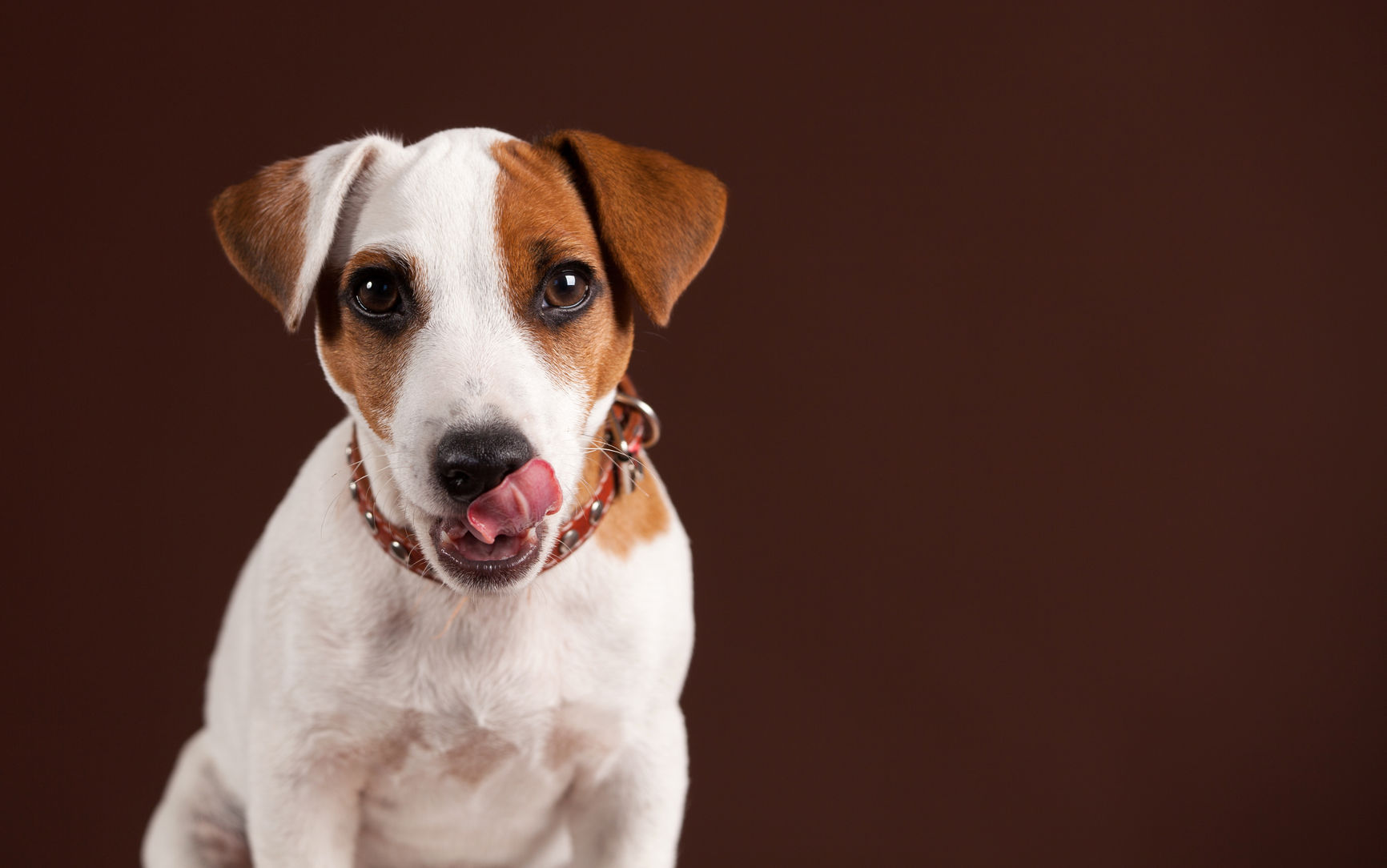
Thank you for this, next practice I will try adding a hot tube to the hunt and see how Ski handles it.
I would also be interested in your thoughts on the affect of running at the end of a large class. What effect does having live rats placed in areas, that are then replaced with litter, than a live rat, than a litter, have on dogs? Especially in high humidity, where the scent is more likely to lay and not disperse.
I also want to tell you that you were the only judge at the National who refreshed bedding after three blinds. Which makes me think that you are well aware of lingering scent, in high humidity and the fairness of dogs who run in the first blind compared to dogs who run in the last blind.
As you know Ski, you know she rarely makes mistakes; at the National she hit litter tubes hard in two of the four runs. Highly unusual for her. The venue was very different than what she hunts in. Loud acoustics and high humidity. I believe the acoustics might of had the greater effect on her. I video tape all her runs, normally Ski, will stop still, prior to hitting the tube. I think that she was not able to clearly hear the rats and relied solely on scent, then was fooled by lingering scent from the humidity. She has only run in hot, dry, open conditions. I’m not complaining, like you say, I need to practice in the loud and humid environments, if that’s where we are going to hunt to give her a chance. I enjoyed the Nationals, I like challenging Ski and was very happy after every run, I know how lucky I am to have her as my partner.